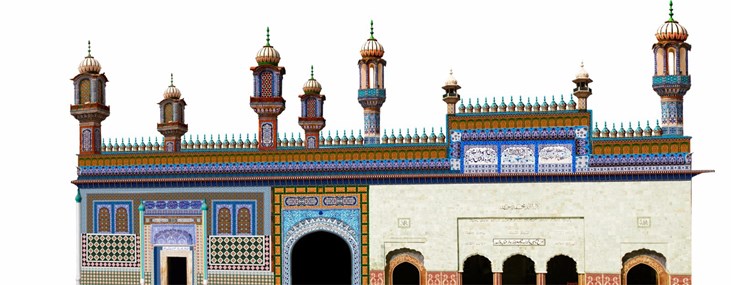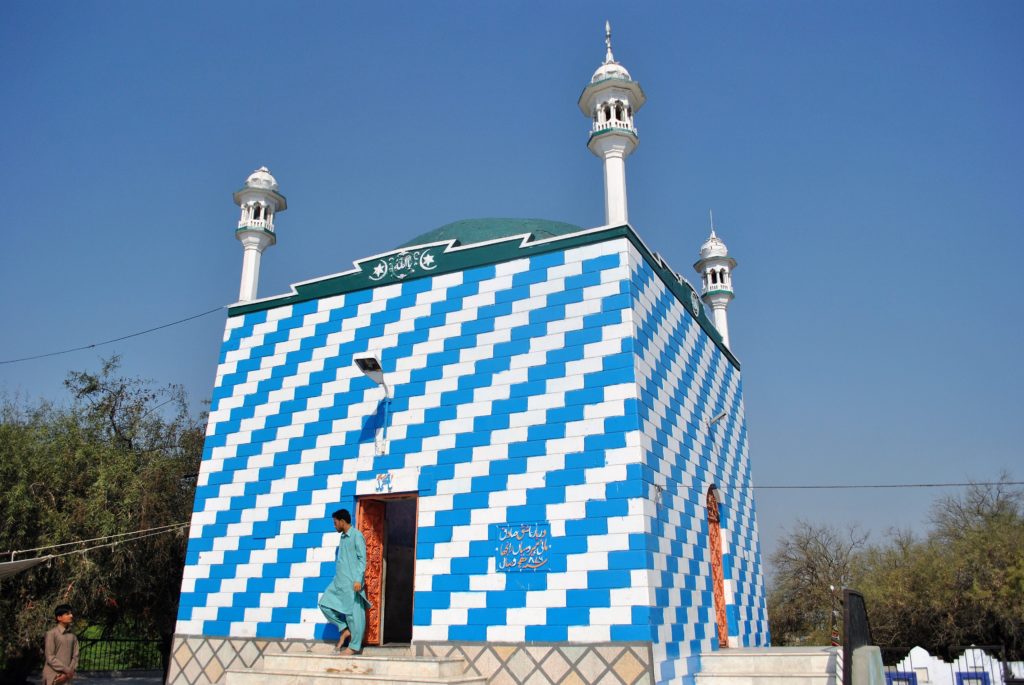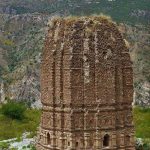The early history of the Jhang district is incredibly defined by the fact that, in the nearest past, the now-inhabited villages of the Chenab and Jehlum rivers were subject to continual inundations in which conditions for settled habitations were impossible. In that period, the bar areas were probably inhabited and cultivated in the country. The numerous mounds display the sites of former towns and villages in the bars, indicating the presence of a considerable population and the frequent nullahs, some of which appear to be artificial and point to a high state of development of agriculture. As the water level deepened the bars, the area had to be abandoned, as the stoppage of floods and the increasing water table depth made the cultivation impossible. The higher portions of the river valleys were then occupied. High mounds were raised or chosen above flood level for protection against enemies. The mounds, of which the principal is that at Shorkot, are dotted about the higher lands of the southern portion of the district and again occur in the Vichan, which suffers from the flood of Chenab and Jehlum rivers. Still, in the north, owing to the higher level of the country above the river, such precautions against flood were unnecessary, and no mounds were found. It is said that Alexander of Macedonia passed through a part of this district while going back to the sea, but the first glimpse of this district appeared in Tuzk-e-Babari, written by Babar in the year 1526 A.D.Syed Ali Khan held the governments of Bhera, Khushab and Chenab. He read the khutbah in the name of Iskandar Bahlol and was subjected to him. After a year or two, the Afghans, having suspicions against Syed Ali Khan, were cautious of their hostility and surrendered the country to Daulat Khan, the Governor of Lahore. Being alarmed, he abandoned the town of Bhera, crossed the river Jehlumand and made it to Shiukot, a place in the district of Bhera, his capital. Daulat Khan gave Bhera to his eldest son Ali Khan. Earlier in the same book Babar speaks of the country of Bhera, Khushab, Chenab and Chiniot as having been long in the possession to the Turks and ruled over by the family of Timur Baig and his adherents and dependents ever since his invasion of India in 1390. The matter of interest to the historians of Jhang is the locality and limits of these countries, raising questions like where was the Chenab country at that time, it was the Shiukot, where did Syed Ali Khan flee to, is it the Shorkot of today, and if so, how could Babar write of it as being in the district of Bhera. For this to have happened, the Khushab country must have intervened as Shiukot has been identified in Khushab. Whether this information is right or wrong, Jhang and Sials were not of significant importance to be mentioned at the commencement of the 16th century A.D. They remained equally unknown and unnoticed during the two centuries that elapsed between Babar’s first invasion and through the era of Muhammad Shah in 1720 A.D.
Places to Visit
Mazar (Shrine) of Hazrat Sultan Bahu

Born in Shorkot in 1039H, Sultan Bahu was a 17th century scholar and Sufi poet. He wrote his famous Dewan in Urdu, Persian and Punjabi and have written more than 140 books. His initial shrine was in the fort of Kergan at the bank of the River Chenab but with the river changing its course it was moved, not once but twice to its present location in Ahamd Pur Sial. People from far off places come to attend his Urs held every 7th to 10th of Muharram-ul-Haram.
Heer’s Tomb

Heer is the heroine of the famous folk story “Heer Ranjha” and her tomb lies just north of Jhang on the way to Faisalabad. An annual fair is held at her tomb.
Mehal Umer Hayat (Chiniot)

It is also known as Gulzar Manzil. This Mehal is in the old centre of the ancient town of Chiniot(Distt. Jhang) and is wrapped in mystery and silence. Facing the Mughal Fort, it was constructed in eight years(1922 A.D to 1930 A.D) at a phenomenal cost of four lac rupees. With a splendid ground floor and three story building, topped by a wooden pavilion, it encapsulated the finest traditions of local wood, fresco, jali, glass, plaster and brick work.


